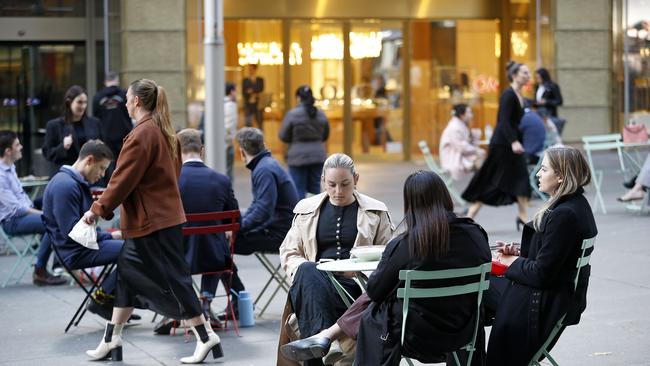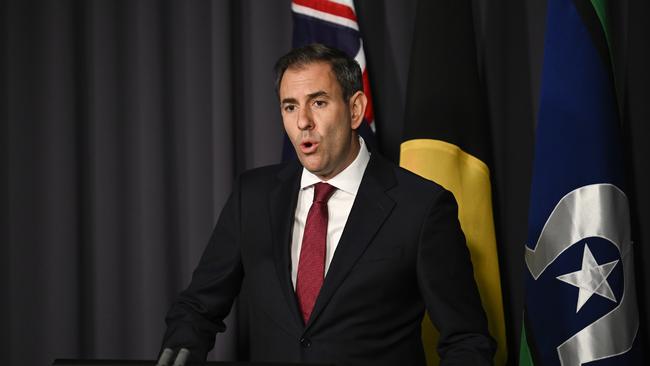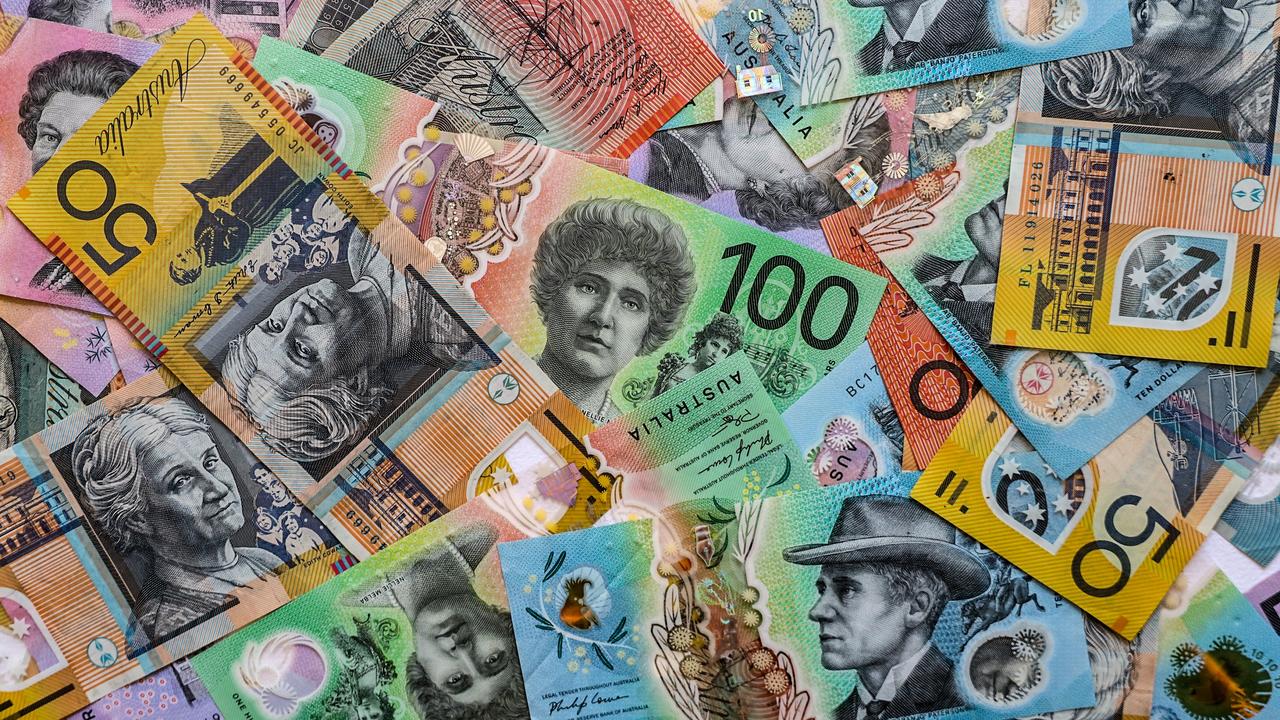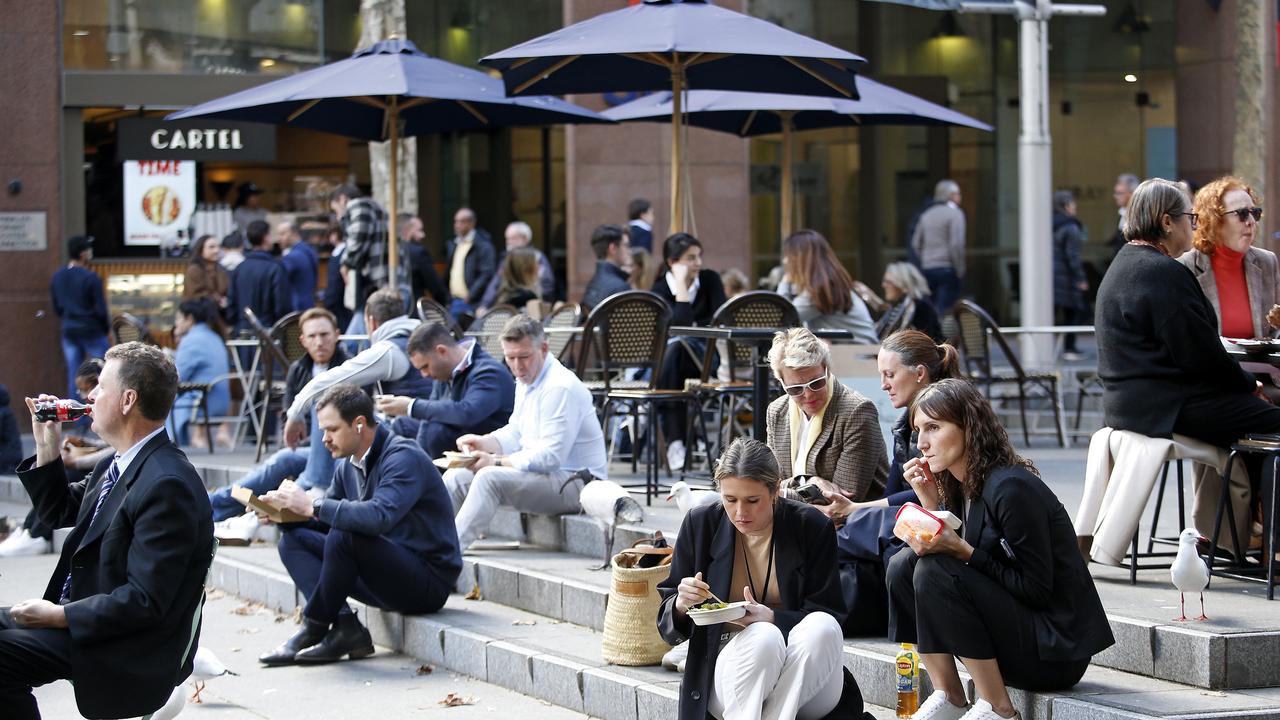Rate cut firms on Australia sliding into per capita recession
Australians will likely get a rate cut sooner than expected, with the quarterly national accounts coming in weaker than market estimates.

Australia is officially back in a per capita recession, but there could be a silver lining for struggling mortgage holders.
According to the latest ABS figures, GDP rose in the March quarter by 0.2 per cent and 1.3 per cent year-on-year.
But that anaemic growth was not enough to keep Australia out of a per capita recession, with the nation going backwards by 0.2 per cent per person.


The Reserve Bank of Australia could hand down another rate cut when they meet next month in response, creating a glimmer of hope for Aussies struggling with mortgage repayments.
Rabobank senior strategist Ben Picton said the RBA will likely decide on back-to-back rate cuts when assessing economic conditions and dwindling household consumption.
“You can’t polish this one, it was a poor growth figure,” Mr Picton told Sky News Business Now.
“The RBA will look at that and they will be thinking they’ve maybe got their sums wrong a little bit on what their expectations for what the resilience of the household sector was.”
Mr Picton said the nations “safety net was removed a little bit for the economy” as public spending decreased.
“So that maybe does put the onus back on (the RBA) to some degree to start to ease monetary policy a little more aggressively,” he said.
“We’ve got a cut penciled in for July. We’re also expecting a cut in August, so more easing on the way, we think.”
AMP deputy chief economist Diana Mousina said the gloomy outlook means Australians with a mortgage should get rate relief sooner than previously forecasted.
“We had been expecting another 0.25 per cent rate cut at the August, November and February board meetings but now expect another 0.25 per cent cut in July,” she said.
“This means that the cash rate is likely to end up around 2.85 per cent at the end of the rate cutting cycle.”
Betashare chief economist David Bassanese said Wednesday’s soft GDP results added to the case for back-to-back rate cuts but did not compel the RBA to move on rates.
“After all, underlying inflation remains at the top-end of the target band and the economy continues to operate at a relatively high level of capacity (as evident from the low unemployment rate),” he said.
“An easing in global growth concerns and financial market volatility also reduces the urgency in cutting rates.
“Instead, my base case remains the RBA will wait for confirmation of a further easing in underlying inflation in the June quarter CPI report in late July before cutting interest rates again in August.”
Treasurer Jim Chalmers acknowledged the March GDP figures were “subdued”, but said any growth in the current uncertain world was a decent outcome.
“No major advanced economy has achieved what we have, with unemployment in the low 4s, inflation below 2.5 per cent and continuous growth for three years,” he said.
“Public demand has played a role in keeping the economy from going backwards over the past two years, but we know strong and sustainable economic growth is driven by the private sector.”
Shadow Treasurer Ted O’Brien said Mr Chalmers’ comments that “any growth is a good outcome” was “hardly inspiring”.
“It’s hardly inspiring to international capital markets, let alone Australian industry. I encourage the treasurer to be more ambitious for growth in Australia,” Mr O’Brien said.
Mr O’Brien also noted that household spending only increased by 0.4 per cent, in a “large part” due to people paying more on energy bills, while real net disposable income was down 6.3 per cent.

According to the Australian Bureau of Statistics, the falls follow no growth in government spending.
ABS head of national accounts Katherine Keenan said economic growth was soft for the quarter.
“Public spending recorded the largest detraction from growth since the September quarter 2017,” she said.
“Extreme weather events reduced domestic final demand and exports. Weather impacts were particularly evident in mining, tourism and shipping.”
A host of state and territory infrastructure projects also finished up in the prior quarter slashing 2 per cent off public investment, after it had soared more than 10 per cent over the previous two quarters.
Households remain under pressure, with spending rising by 0.4 per cent in the March quarter, followed by a revised 0.7 per cent for the three months until December 31.
Much of the rise came in spending for essentials including food and rents which continue to be the highest contributors to household spending growth.
Households are also spent more on electricity, gas and fuel as a combination of warmer weather and a decline in electricity rebates resulted in a rise in consumption.
“Growth was relatively slow across most household spending categories following stronger than usual spending during the December quarter’s retail sales events,’ Ms Keenan said.


